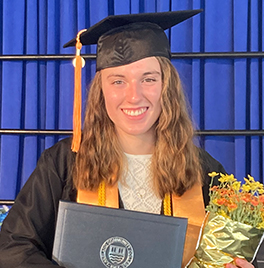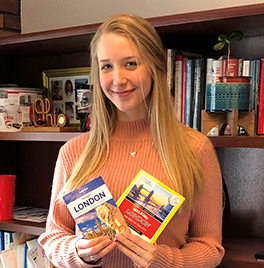To understand what polysomnography is, let's break it down into its word parts:
- Poly = Many
- Somno = Sleep
- Graphy = Picture or record
So, polysomnography is the recording (graph) of many (poly) body functions that happen while a person sleeps (somno).
A polysomnographer, commonly known as a sleep tech, helps adults and children with sleep disorders. Some sleep disorder examples include disruptive snoring, sleep apnea and insomnia.
As a sleep tech student, you'll learn about sleep science, bio- electricity studies (EKG, EEG, EMG), respiratory monitoring, cardiopulmonary physiology and much more.
What kind of people become sleep techs? People who are interested in a career in polysomnography tend to be:
• Night owls
• Compassionate and trustworthy
• Ethical and mature in demeanor
What about jobs?
• In hospitals
• In private sleep labs
• The median salary for registered and licensed polysomnographic technologists is $57,579 (Source: Salary.com, July 27, 2020)
Lakeland's program follows the most recent version of the American Association of Sleep Technologists standard curriculum.
• Program is one year in length (three consecutive semesters). Second and third semesters include a clinical round at a regional sleep lab.
• Students learn in Lakeland's Health Building which opened in 2018 with the latest in state-of-the-art technology for learning.
Our program director is happy to speak with you to see if a career as a sleep tech is right for you. Get in touch with us here.
Or, if you're excited and ready to apply, click the button below and under "Select Degree/Certificate" scroll down to "3250-Polysomnography cert" to declare your program intent.
- Polysomnography Program Guide
- Current students: Click here to upload your Health Technologies Admissions Application
- Polysomnography Current Course Schedule
- Health Programs Admissions Requirements
- Tuition, Fees & Expenses [.PDF]
- What is a sleep technologist?
- Board of Registered Polysomnographic Technologists




